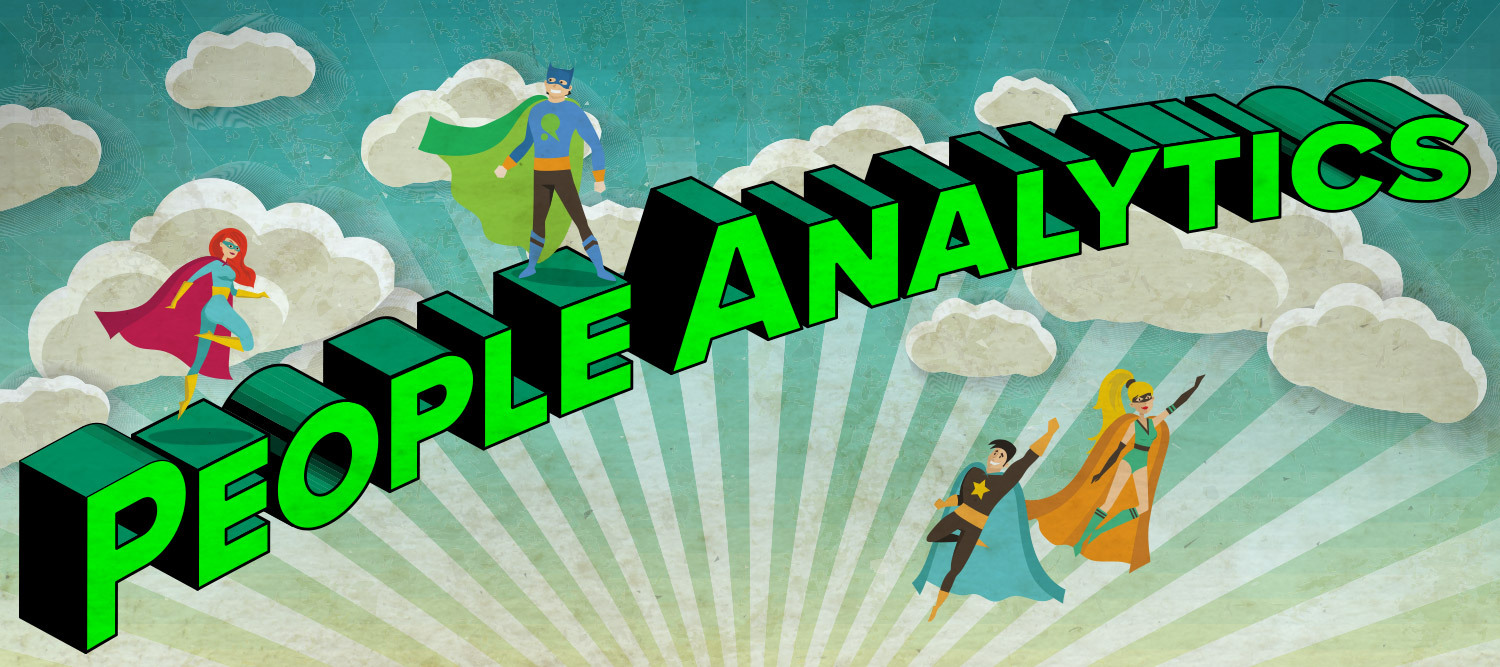The future of HR: Harnessing the power of people analytics to navigate a recruitment crisis

By Kim Shernoff, Rosie Bandar, Charlotte Page and Estelle Irving
With the rapidly changing job market, attrition spike, and a looming talent shortage, in-house people teams and HR departments face the challenge of retaining top talent and navigating a recruitment crisis.
Surveys for employee engagement, 360 interviews, culture fit assessments, and other employee feedback tools to help better understand the employee journey have been around for years, however, traditional metrics such as turnover percentage and employee satisfaction scores don’t provide the full story about employee experience, and can’t provide answers that the C-suite needs at a rate that satisfies the board.
More importantly, they can’t answer why the company’s most important asset – their best people – are choosing to walk out the door.
When we look at the cost of attrition and its disruption to all parts of the organization, retention of top talent is crucial for companies to remain competitive in today’s ever-changing job market.
According to Korn Ferry, it’s expected that in 2030 the lack of talent will reach the size of Germany – 85 million people.
If the past few years or even weeks have shown us anything, it’s that the talent game is rapidly changing.
Enter people analytics, a job category emerging within HR departments focused on combining data from numbers and text data to provide a holistic overview of the workforce and the employee journey touchpoints within a company.
People analytics is now being used by leading data-driven HR teams with a line to the C-Suite to gain insights into employee satisfaction, identify potential areas of improvement, and address issues before they escalate – all with the goal of enhancing the employee experience.
With over 78,000 open people analytics roles posted on LinkedIn in the US alone, college courses on the subject emerging at schools like Cornell University, text analysis, or the analysis of words, is no longer just for business intelligence teams.
The question always comes down to the data – but most companies already have a wealth of first-party consumer and employee data that is ripe for analysis.
Employees freely provide feedback through open-end responses in surveys, exit interviews, or online reviews, and if you’ve invested in best-in-class technology such as Glint, Workday, Qualtrics, HiBob or BambooHR then you already have a wealth of text data that is valuable in a way that might not have occured to you before.
Up until now, all this text data has been difficult to analyze in a way that provides the stats and percentages that the C-Suite can understand, while still providing a science-backed story and easy actionable insights for the rest of the organization.
We see this need grow still stronger in times of pressure and crisis.
With companies navigating unionization, lawsuits or key leadership resignation, understanding the components of employee experience rises up the priority list still further.
This is where text analytics comes in.
Unlock employee insights with text analysis
Imagine the following scenario: Nicole, a Systems Engineer living in Seattle, who’s been with the company for three years and has been advancing up the corporate ladder, decided to turn in her notice.
By using Relative Insight for your HR data analytics, you’ll be able to find out WHY Nicole and other top talent like her, make the decision to leave the company.
What’s more, you’ll be equipped with the insights to shape your people analytics strategy and make business changes to ensure this doesn’t happen again.
Providing the team with an unfiltered lens requires a winning formula.
Statistically, valid numbers + employee feedback + data visualization + action = success in the war for attracting and retaining talent.
As we look to the future, the only thing we know is what worked in HR people analytics yesterday won’t necessarily work tomorrow.
Here are three things you can do today – to win for tomorrow.
- Remember, open-ends are your friend: Use qualitative employee feedback analysis to reveal key drivers for regrettable attrition.
- Tell the full story: Connect HR data analytics with qualitative employee data to paint the picture of what’s really happening.
- Invest in your talent and processes: Invest in your employees for a more engaged and empowered workforce and to enhance employee experience.
Are you a people analytics professional ready to explore how to use your employee data to create an excellent employee experience and integrate feedback at all levels of decision-making?